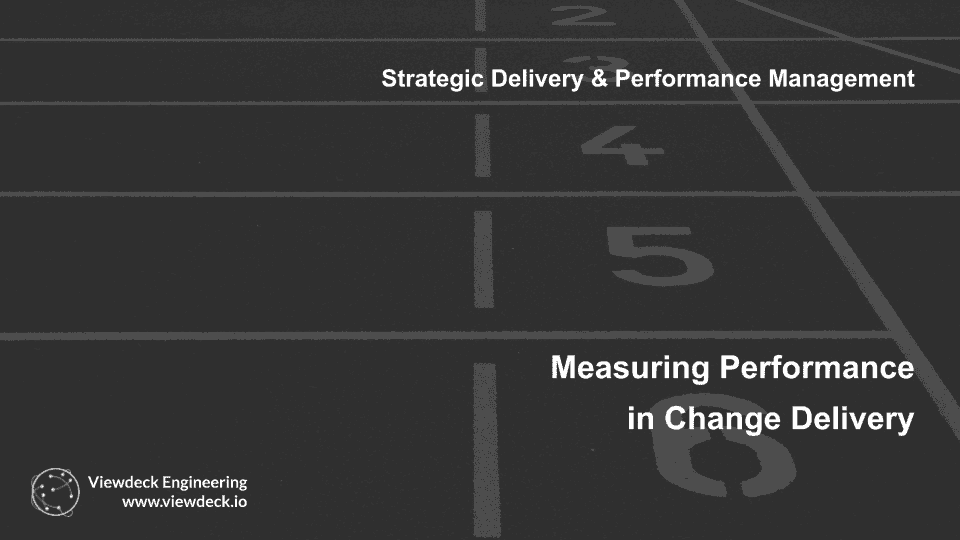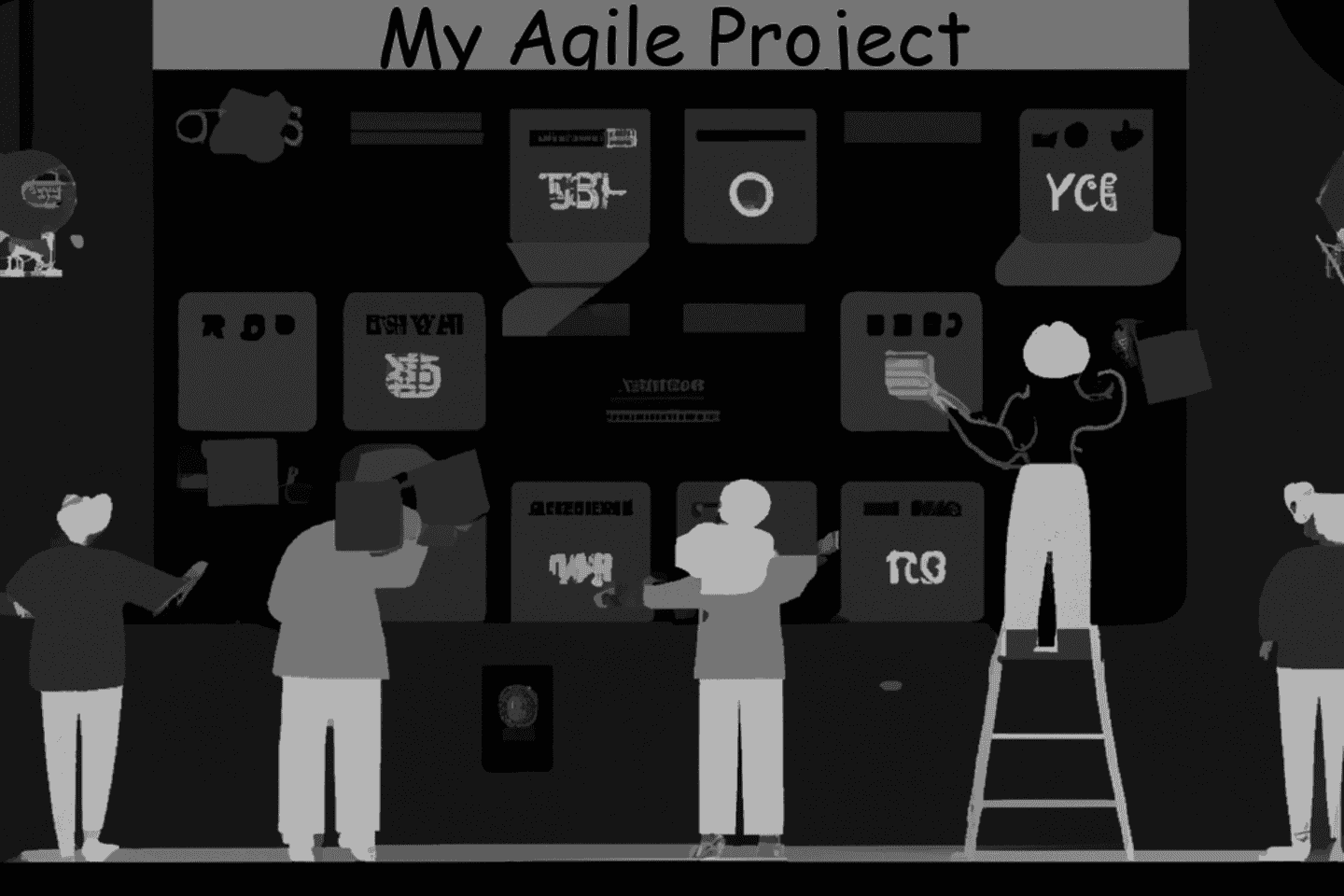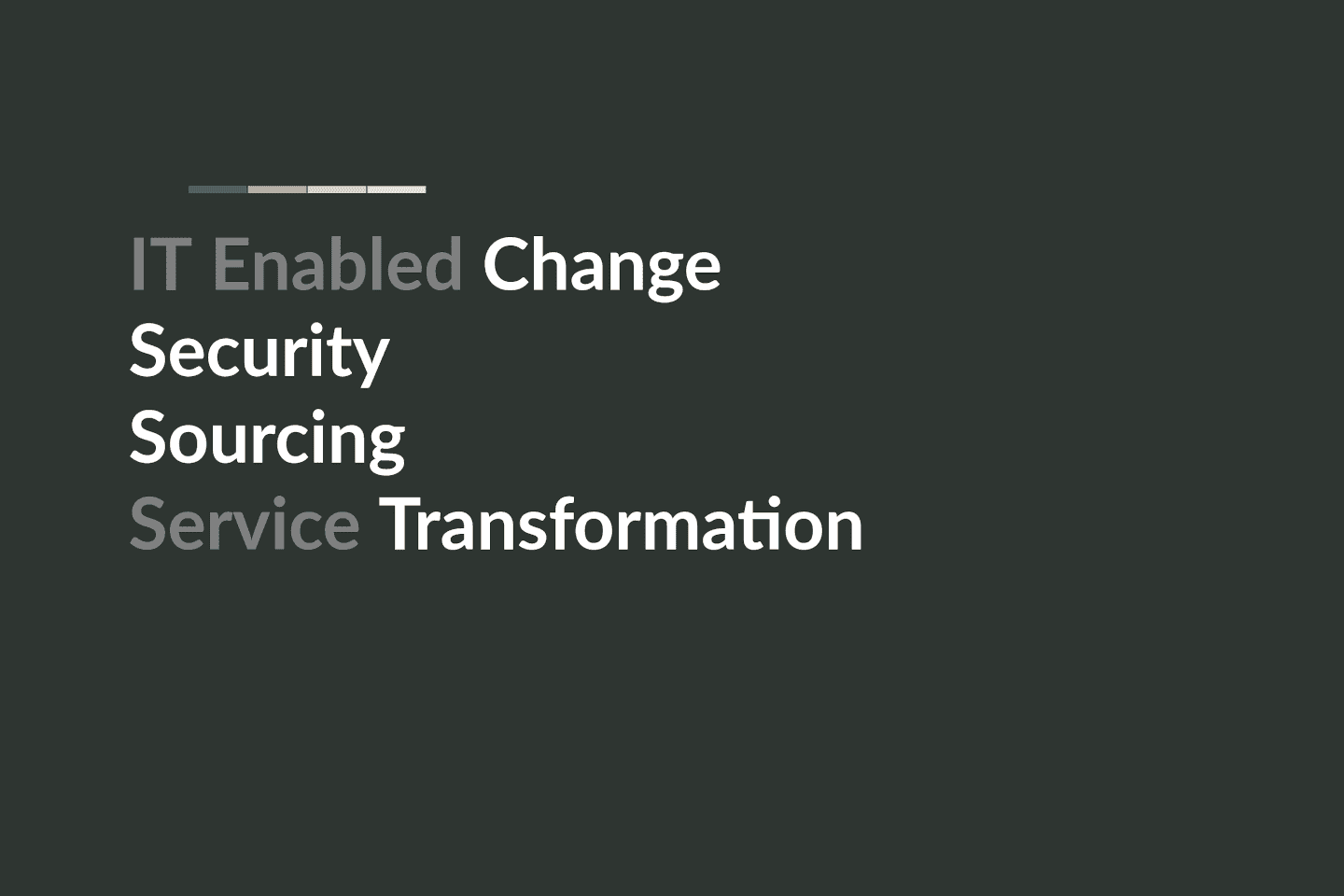Implementing Agile ways of working in a Business Operational Environment.
Building an Agile Business Part#3: How you might select, adapt and then adopt the right Agile approach to make your implementation successful.
In this third article into Agile Implementation, we look at How you might select, adapt and then adopt the right Agile approach, frameworks and methodologies to make your implementation of Agile successful
Introduction
Agile methodologies have been widely used in the technical world for several years. However, implementing Agile ways of working in a business operational environment requires a different approach. In this article, we will explore the differences between implementing Agile ways of working in a business environment versus a technical environment and how to select, adapt, and adopt the right process or methodology to make the implementation successful. We will then consider the use of the PROSCI approach to successfully manage the business change activity, and the framework offered by The Agile Business Consortium to support this transition.
Differences Between Implementing Agile Ways of Working in a Business environment versus a Technical project.
Implementing Agile ways of working in a business operational environment requires a different approach than implementing Agile in a technical environment. Some of these differences include:
- Nature of Work: Business operational work tends to be more routine and standardized than development or technical engineering work, which is more project-based and innovative.
- Team Structure: Business operational work tends to be organized into functional teams, whereas software or technical work is organized into cross-functional teams.
- Customer Involvement: In business operational environment, customers tend to be internal stakeholders, whereas in a software project, customers tend to be external stakeholders.
- Feedback Loops: Business operational work tends to have longer feedback loops than software or technical work, which can have short feedback loops due to frequent releases.
- Level of Uncertainty: Business operational work tends to have a higher level of certainty than technical projects, which can have a higher level of uncertainty due to the innovative nature of the delivery.
Selecting the Right Agile Process or Methodology
To implement Agile ways of working, in this business environment successfully, organisations need to select, adapt, and adopt the right process or methodology. While following a standardised methodology is important (consistency, skills transfer, external support etc), it is also important to ensure the process/methodology is right for the organisation and adapted if necessary to fit the scenarios. The following steps can be taken to achieve this:
- Understand the Nature of the Work: Understand the nature of the business operations or projects to determine the level of uncertainty, feedback loops, and team structure required.
- Define Clear Objectives: Define clear objectives for the Agile implementation that align with the organisation's strategic objectives.
- Identify the Right Process or Methodology: Identify the right process or methodology that is most suitable for the business. Agile methodologies that have been successfully applied in business operational environments include Lean, Kanban, and Scrumban.
- Adapt the Process or Methodology: Adapt the process or methodology to suit the needs of the operational environment. This can involve modifying the roles and responsibilities, the work processes, or the tools and techniques used.
- Train the Team: Train the team in the chosen Agile process or methodology, ensuring that they have a clear understanding of the principles, values, and practices.
- Establish Feedback Loop: Establish feedback loops that enable the team to receive regular feedback from stakeholders and customers, enabling them to adjust their work processes and practices accordingly.
- Continuously Improve: Continuously improve the Agile implementation by reflecting on the team's practices, processes, and outcomes and making adjustments to improve continuously.
The Agile Business Consortium
The Agile Business Consortium is a professional body for Agile practitioners, promoting Agile methodologies and best practices across various industries. The consortium advocates for a values-driven approach to Agile, emphasizing collaboration, flexibility, and adaptability.
This approach emphasises a values-driven method to Agile delivery, based on four core values:
- individuals and interactions,
- working software or products,
- customer collaboration, and
- responding to change. These values underpin the well understood Agile methodologies of Scrum, Kanban, and Lean, emphasizing collaboration, iterative development, and customer focus.
It also promotes a framework for Agile adoption, known as the Agile Business Framework. This framework provides guidance on how organisations can implement "Agile" effectively, emphasizing the importance of culture, leadership, and governance in driving Agile adoption.
This approach aims to support:-
- Improved Customer Satisfaction: Customer collaboration, enabling teams to develop products that meet customer needs and align with the organisation's strategic objectives.
- Greater Efficiency: Flexibility and adaptability, enabling teams to respond quickly to changes in requirements or the business environment, improving efficiency.
- Enhanced Collaboration: Collaboration between stakeholders, enabling teams to work together more effectively and align their efforts with the organisation's strategic objectives.
- Higher Quality: Delivery of outputs, deliverables or working products, enabling teams to deliver higher quality products that meet customer needs.
The Agile Business Consortium promotes the standard Agile methodologies, including Scrum, Kanban, and Lean.
Implementing Agile Ways of Working using PROSCI Change Management approach.
Implementing Agile ways of working requires a change in mindset and behaviour for the organisation and its employees. PROSCI's ADKAR model (Awareness, Desire, Knowledge, Ability, and Reinforcement), provides a framework for understanding the five stages of change and the key drivers needed to achieve successful adoption of Agile ways of working.
This approach to delivering a Change Project using PROSCI to implement Agile includes the following stages:
- Initiation: The first step is to initiate the change project, which involves identifying the business case, setting the scope, and establishing the project team. In this phase, the roles and responsibilities of the team members are defined, and the key stakeholders are identified.
- Planning: The second step includes the change project plan, which includes a detailed project plan that outlines the project goals, objectives, timelines, resource requirements, stakeholder management, communication, and key controls. During this phase, a detailed impact assessment is performed to identify the people, processes, and technology impacted by the change.
- Execution: The execution phase involves implementing the change project plan, including communicating the change, training the employees, and providing support to ensure that the Agile ways of working are adopted. The Agile principles and methodology are introduced to the team and used to define roles and responsibilities, create new processes, and implement new tools and techniques.
- Monitoring: Tracking the progress of the change project, identifying issues and risks, and addressing them appropriately. It is essential to measure the success of the Agile implementation to ensure that the expected benefits are being realized.
- Closure: The final step is to close the change project, which involves reviewing the outcomes, capturing lessons learned, and transitioning ownership of the Agile project to the business teams.
Roles and Responsibilities
The typical roles and responsibilities adopted in delivering a Change Project using the PROSCI approach include:
- Project Sponsor: Provides the project vision and funding and champions the change within the organisation.
- Change Manager: Manages the change process and ensures that the change is delivered within the project scope, timeline, and budget.
- Project Manager: Manages the project activities, resources, and timeline and ensures that the project is delivered within scope, budget, and timeline.
- Agile Coach: Provides Agile coaching, training, and support to the team and helps them to adopt the Agile methodology.
- Business Analyst: Analyses the business requirements and translates them into Agile user stories and tasks.
Key Controls
The key controls used in delivering the Agile Change Project (using PROSCI) include:
- Stakeholder Engagement Plan: A plan that outlines the key stakeholders impacted by the change and their engagement throughout the project.
- Change Impact Assessment: An assessment that identifies the people, processes, and technology impacted by the change and the risks associated with the change.
- Change Readiness Assessment: An assessment that measures the readiness of the organisation and the employees to adopt the Agile ways of working.
- Change Communication Plan: A plan that outlines the key messages, channels, and timing of communication throughout the project.
- Training Plan: A plan that outlines the training needs of the employees and the training program to be delivered.
- Change Management Plan: A plan that outlines the change management activities and their implementation throughout the project.
Once the implementation of the Agile ways of working is complete, the results of the implementation should be evaluated against the objectives and goals set during the planning stage. Regular reviews and evaluations should be conducted to ensure that the new ways of working are delivering as intended and to identify areas for improvement.
Using the PROSCI methodology provides a structured approach that can help organisations deliver Agile change effectively. It provides a rigorous planning process that identifies scope of change, impact assessment, and the change management plan (to minimize resistance and maximize adoption).
By following the PROSCI methodology, organisations can improve the chances of realising the benefits, of Agile implementation, providing improved collaboration, faster delivery, and increased flexibility.
Conclusion
Implementing Agile ways of working in a business environment requires a different approach than implementing Agile in a technical project or programme. Understanding the nature of the work, defining clear objectives, identifying the right process or methodology, adapting the process or methodology, training the team, establishing feedback loops, and continuously improving the Agile implementation are critical to success. By following these steps, organisations can implement "Agile" effectively, and realise the benefits of agility, efficiency, quality and effectiveness.
An Agile Approach to delivery in Business
This article is part of a 4 part mini-series, designed to support senior managers, business leaders and executive's looking to acceleratie their business growth, and provide better predicatability to outcomes and delivery.
The other articles are available via our Blog Home page or through the links below.
- The Benefits of implementing Agile in your Organisation.
- Successful Delivery using Agile in the Business Environment
- Implementing Agile ways of working in a Business Operational Environment.
- Organising your business to successfully implement Agile Ways of Working
References
There are many useful publications and materials on this subject. We include a number below, some of which we have used to provide examples and conclusions. We encourage you to explore this material as it can help set context or provide additional information. All rights reserved, All Trademarks Acknowledged, and all original content referenced is owned by the third parties identified.
- Agile Alliance. (2021). Agile Manifesto. Retrieved from https://agilemanifesto.org/
- Agile Alliance. (2021). What is Agile? Retrieved from https://www.agilealliance.org/agile101/
- PROSCI. (2021). What is Change Management? Retrieved from https://www.prosci.com/change-management/thought-leadership-library/what-is-change-management
- PROSCI. (2021). ADKAR Model. Retrieved from https://www.prosci.com/change-management/thought-leadership-library/adkar-model
- PROSCI. (2021). Change Management Process. Retrieved from https://www.prosci.com/change-management/thought-leadership-library/change-management-process
- Scrum.org. (2021). What is Scrum? Retrieved from https://www.scrum.org/resources/what-is-scrum
- Agile Alliance. (2021). Scrum Framework. Retrieved from https://www.agilealliance.org/agile101/scrum-framework/
- Agile Alliance. (2021). Kanban. Retrieved from https://www.agilealliance.org/agile101/kanban/
- Sutherland, J., & Schwaber, K. (2017). The Scrum Guide™. Retrieved from https://www.scrum.org/resources/scrum-guide
- Bryson, J. M. (2018). Strategic planning for public and nonprofit organisations: A guide to strengthening and sustaining organisational achievement. John Wiley & Sons.
- Laursen, G. H., & Thorlund, J. (2010). Business analytics for managers: Taking business intelligence beyond reporting. John Wiley & Sons.
- Forbes. (2021). 7 Examples of Companies That Successfully Implemented Agile. Retrieved from https://www.forbes.com/sites/forbestechcouncil/2021/01/29/7-examples-of-companies-that-successfully-implemented-agile/?sh=315bef063a54
- PMI. (2017). Agile Practice Guide. Retrieved from https://www.pmi.org/pmbok-guide-standards/foundational/agile-practice-guide































